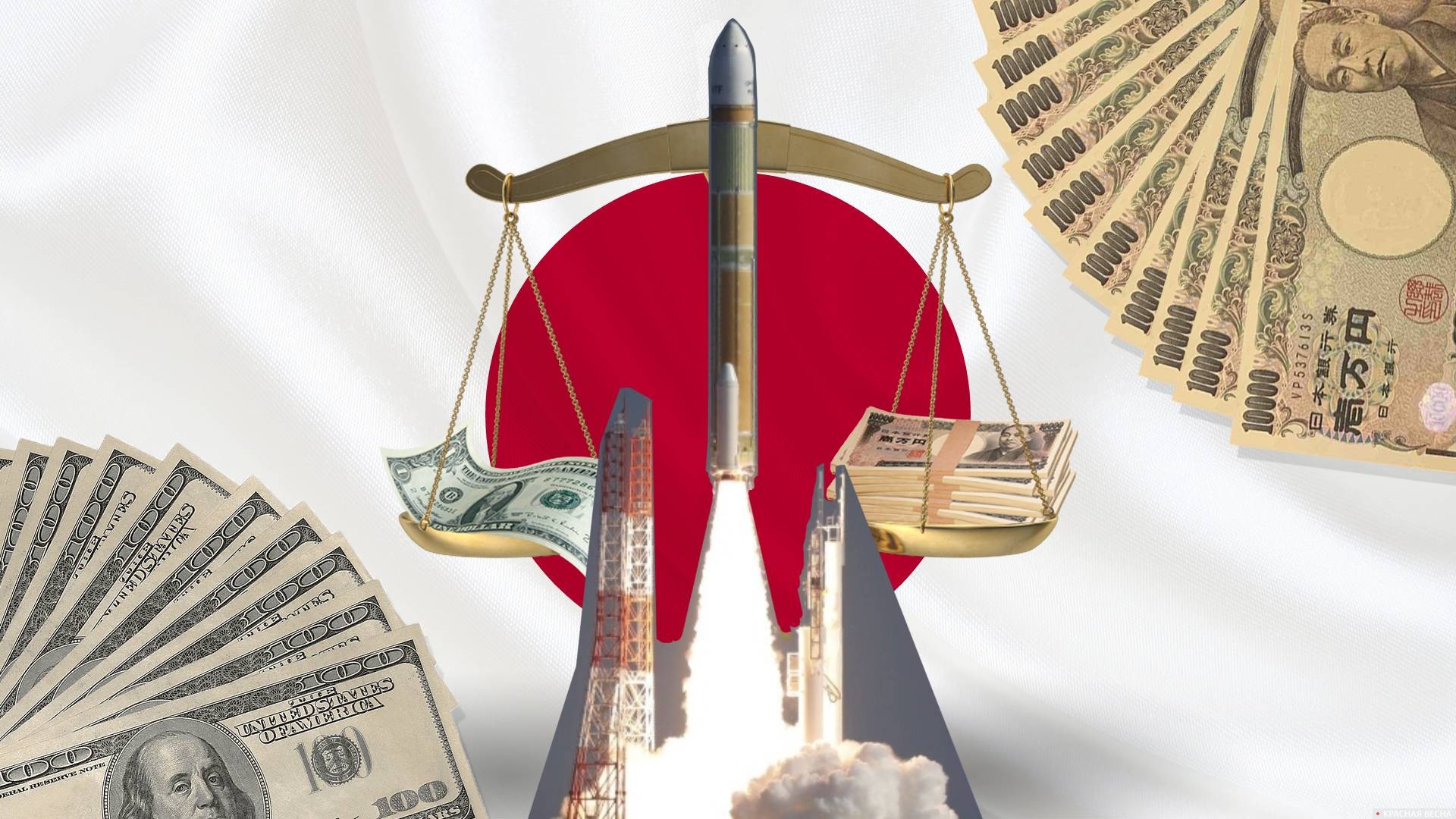
The successful launch of Japan’s next-generation H3 rocket on Saturday generated morale among Japanese experts and debates among officials and journalists, The Japan Times reported on February 20.
The H3, which will replace the H-IIA as the country’s flagship rocket, will be used in a wide range of government-funded missions in areas such as national security, scientific research and weather forecasting.
Plans include the launch of the ALOS-4 Earth observation satellite, a cargo spacecraft bound for the International Space Station, a Japan-India lunar mission and a sample return mission to Mars, and even more spy satellites. to monitor North Korea and natural disasters.
The Japan Aerospace Exploration Agency (JAXA) and Mitsubishi Heavy Industries (MHI), which jointly developed the H3, also hope to secure launch orders from the private sector and international customers as demand for commercial satellites grows around the world. .
However, this puts the H3 in direct competition with SpaceX’s Falcon 9 rocket, which has become the sole leader in the global satellite launch market in recent years.
Will the H3, the development of which cost approximately 220 billion yen (135 billion rubles), be able to seriously compete with the Falcon 9? Experts say price and ease of use will be key.
The number of rocket launches has doubled in the past three years to a record 212 in 2023, up from 105 in 2020, according to Cabinet Office data.
Of those, the United States accounted for more than half (108), but almost all of them (96 to be exact) were launched by SpaceX. China is second with 68 launches, followed by Russia with 19 and India with seven. Last year, Japan only had two successful starts, and in 2022, none.
In recent years, SpaceX has been grabbing orders from governments and companies with its frequent launches, while large government projects such as Japan’s H3 and Europe’s Ariane 6 have stalled due to late-stage development failures, he says. Junya Terazono, former JAXA. Official and space journalist.
“The Falcon 9 dominates the market right now,” he said. “It will be quite difficult for H3 to catch up with the leader.”
SpaceX has attracted customers by making the Falcon 9 partially reusable and dramatically reducing costs, thereby lowering the bar on launch costs. The Falcon 9 costs $49 million to launch per launch, while the Ariane 6, which is expected to debut later this year, will cost between $94 million and $117 million, according to JAXA.
Other competitors to the H3 include United Launch Alliance’s Vulcan, which is estimated to cost between $85 million and $260 million, while India’s LVM3 costs $63 million.
Meanwhile, the number of satellites put into orbit has increased, also largely thanks to SpaceX. The number of successful satellite launches has increased tenfold in the last decade and will reach a record 2,368 in 2022, according to the Cabinet Office.
Of those, SpaceX’s Starlink constellation satellites accounted for 1,632, dwarfing other constellation networks (271) and government satellites (210).
JAXA and MHI say they want to survive fierce competition by reducing the launch cost of the H3 to 5 billion yen (3.05 billion rubles). They say they will simplify manufacturing processes by using civilian and 3D printed parts.
The cost of H-IIA, the current pillar of JAXA, which will retire in March 2025, is about 10 billion yen (6.15 billion rubles).
“We have just started production, so we have not achieved our cost reduction goal,” Mayuki Niitsu, H3 project manager at MHI, said at a news conference after Saturday’s test flight. “But we would like to be internationally price-competitive for our 10th or 15th launch, and hopefully get the tailwind from the depreciation of the yen.”
Niitsu also said the company wants to earn customers’ trust by promoting the high reliability of the H-IIA, which has a launch success rate of 97.9%.
“We would like to advance the legacy of H-IIA, which can send satellites into orbit at the desired altitude and reliably launch them on the desired dates,” Niitsu said.
But catching up with SpaceX in numbers will not be easy, at least in the short term. MHI officials say they want to increase launch capacity to 10 launches per year in the future from the current five or six.
It will also depend on the national infrastructure for large rocket launches. Currently, JAXA has only two launch sites: Tanegashima and Uchinura in Kagoshima Prefecture.
Japan has vowed to become a “space power” as it seeks to develop the country’s space industry as a key driver of its economic growth. In its space policy adopted by the cabinet last June, the government said it aims to increase the size of the space industry to 8 trillion yen in 10 years from 4 trillion yen in 2020.
In November it also announced plans to create a new 1 trillion yen (615 billion rubles) fund. The money will be allocated over 10 years to JAXA and the Ministry of Education and Science to support startups in areas such as building satellite constellation networks and removing space debris.
Terazono noted that Japan has a geographic advantage over its Western competitors: With the Pacific Ocean to the south, missiles will have less risk of crashing into land and their flight paths will be more flexible, he said.
“This could benefit Japan, especially in future human spaceflight,” he said.
Source: Rossa Primavera
I am Michael Melvin, an experienced news writer with a passion for uncovering stories and bringing them to the public. I have been working in the news industry for over five years now, and my work has been published on multiple websites. As an author at 24 News Reporters, I cover world section of current events stories that are both informative and captivating to read.
